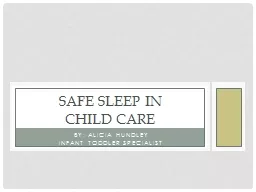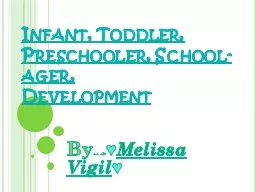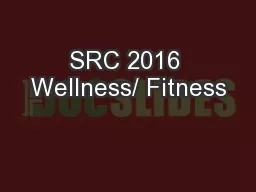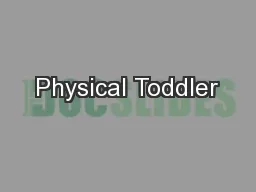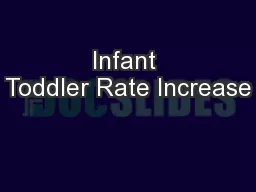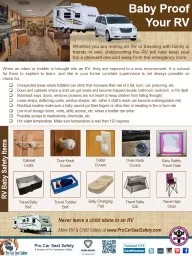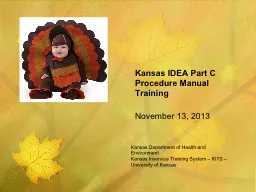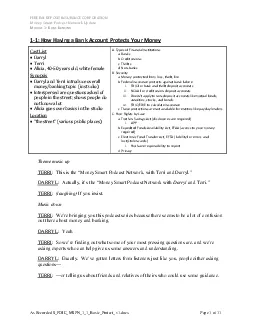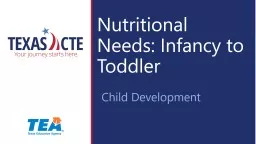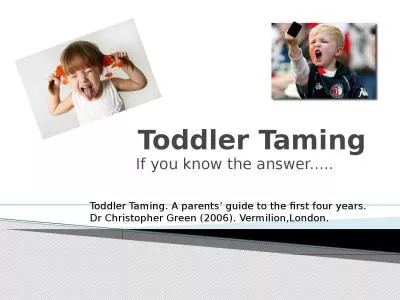PPT-By: Alicia Hundley Infant Toddler Specialist
Author : lois-ondreau | Published Date : 2018-03-18
Safe Sleep in Child Care Sudden amp Unexpected Infant Death Sudden and unexpected infant death SUID aka Sudden and unexpected death in infancy SUDI Most occur
Presentation Embed Code
Download Presentation
Download Presentation The PPT/PDF document "By: Alicia Hundley Infant Toddler Specia..." is the property of its rightful owner. Permission is granted to download and print the materials on this website for personal, non-commercial use only, and to display it on your personal computer provided you do not modify the materials and that you retain all copyright notices contained in the materials. By downloading content from our website, you accept the terms of this agreement.
By: Alicia Hundley Infant Toddler Specialist: Transcript
Download Rules Of Document
"By: Alicia Hundley Infant Toddler Specialist"The content belongs to its owner. You may download and print it for personal use, without modification, and keep all copyright notices. By downloading, you agree to these terms.
Related Documents

